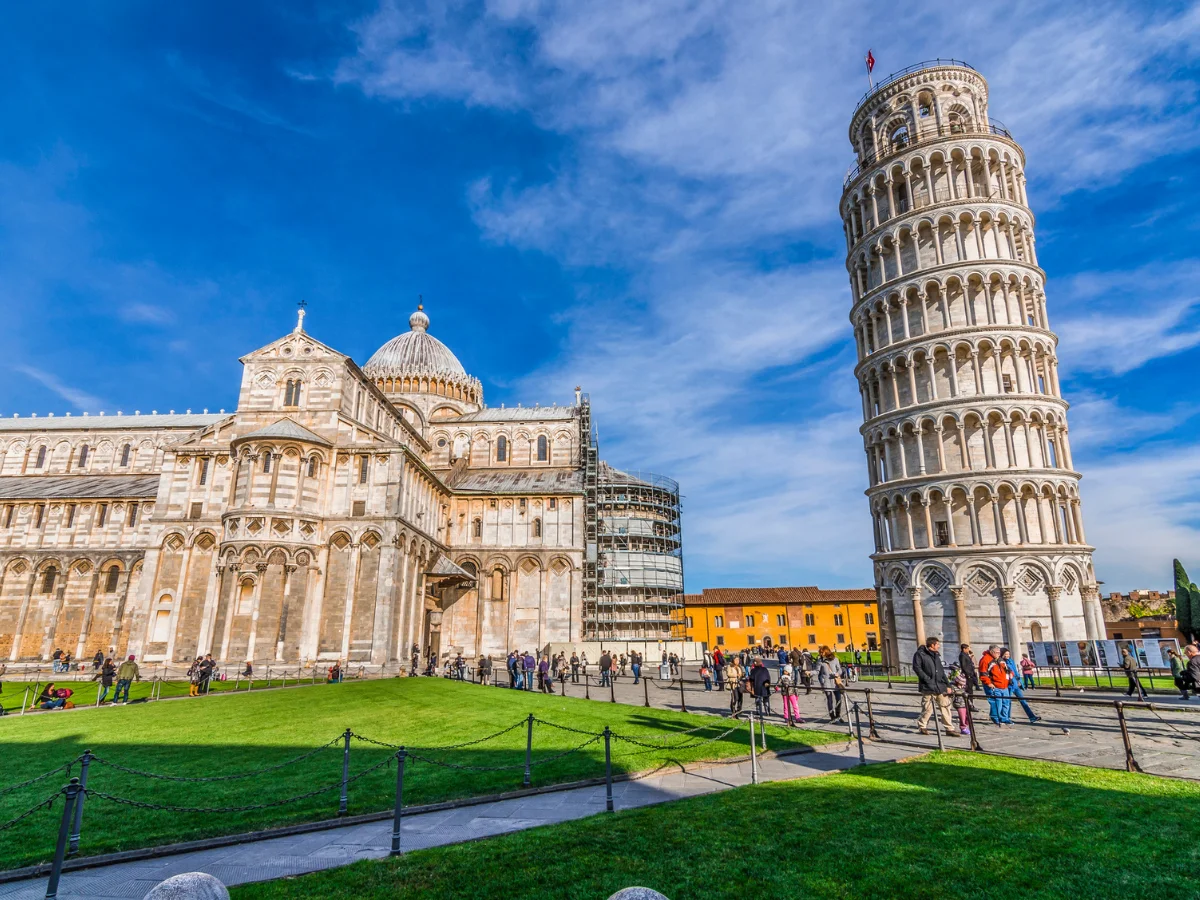Ancient Rome witnessed numerous civil wars
Ancient Rome witnessed numerous civil wars, from Sulla vs. Marius to Octavian vs. Antony. Battles like Pharsalus and Actium defined power shifts. The Year of the Four Emperors brought chaos, leading to Vespasian’s rise. The Crisis of the Third Century intensified instability, with battles like Adrianople. These conflicts reshaped Rome’s political landscape, transitioning from republic to empire. The legacy of civil wars loomed large, highlighting the fragility of power and the perils of internal strife.

Ancient Rome witnessed numerous civil wars
The Turmoil of Civil Unrest
Ancient Rome was no stranger to internal strife, with numerous civil wars erupting throughout its history. These conflicts often stemmed from power struggles, political rivalries, and socioeconomic tensions.
The First Civil War: Sulla vs. Marius
In the 1st century BC, Rome plunged into civil war as rival factions led by Lucius Cornelius Sulla and Gaius Marius vied for control. The conflict erupted into battles like the Battle of the Colline Gate and the Battle of Sacriportus, culminating in Sulla’s victory and subsequent dictatorship.
The Second Civil War: Caesar vs. Pompey
In 49 BC, another civil war erupted between Julius Caesar and Pompey the Great, both vying for supreme power. Battles like the Battle of Pharsalus and the Battle of Munda ensued, ultimately resulting in Caesar’s triumph and the establishment of the Roman Empire.
The Third Civil War: Octavian vs. Antony
Following Caesar’s assassination, another civil war erupted, pitting his adopted son Octavian against Mark Antony and Cleopatra. Battles like the Battle of Actium sealed Octavian’s victory, leading to his ascension as the first Roman emperor, Augustus.
The Year of the Four Emperors
In AD 69, civil war engulfed Rome once more after the death of Emperor Nero, leading to a chaotic power struggle known as the Year of the Four Emperors. Battles like the Battle of Bedriacum and the Battle of Cremona ensued, culminating in Vespasian’s rise to power.
The Crisis of the Third Century
During the 3rd century AD, Rome faced a period of intense instability known as the Crisis of the Third Century, marked by frequent civil wars, usurpations, and invasions. Battles like the Battle of Adrianople and the Battle of Chrysopolis further weakened the empire’s cohesion.
The Legacy of Civil Wars
The civil wars of ancient Rome left a profound impact on its society, politics, and military. They destabilized the republic, paved the way for the rise of autocratic rule, and ultimately contributed to the decline and fall of the Roman Empire. These conflicts underscored the fragility of power and the destructive consequences of internal strife in shaping the course of history.



